How to maximize electric car range in winter
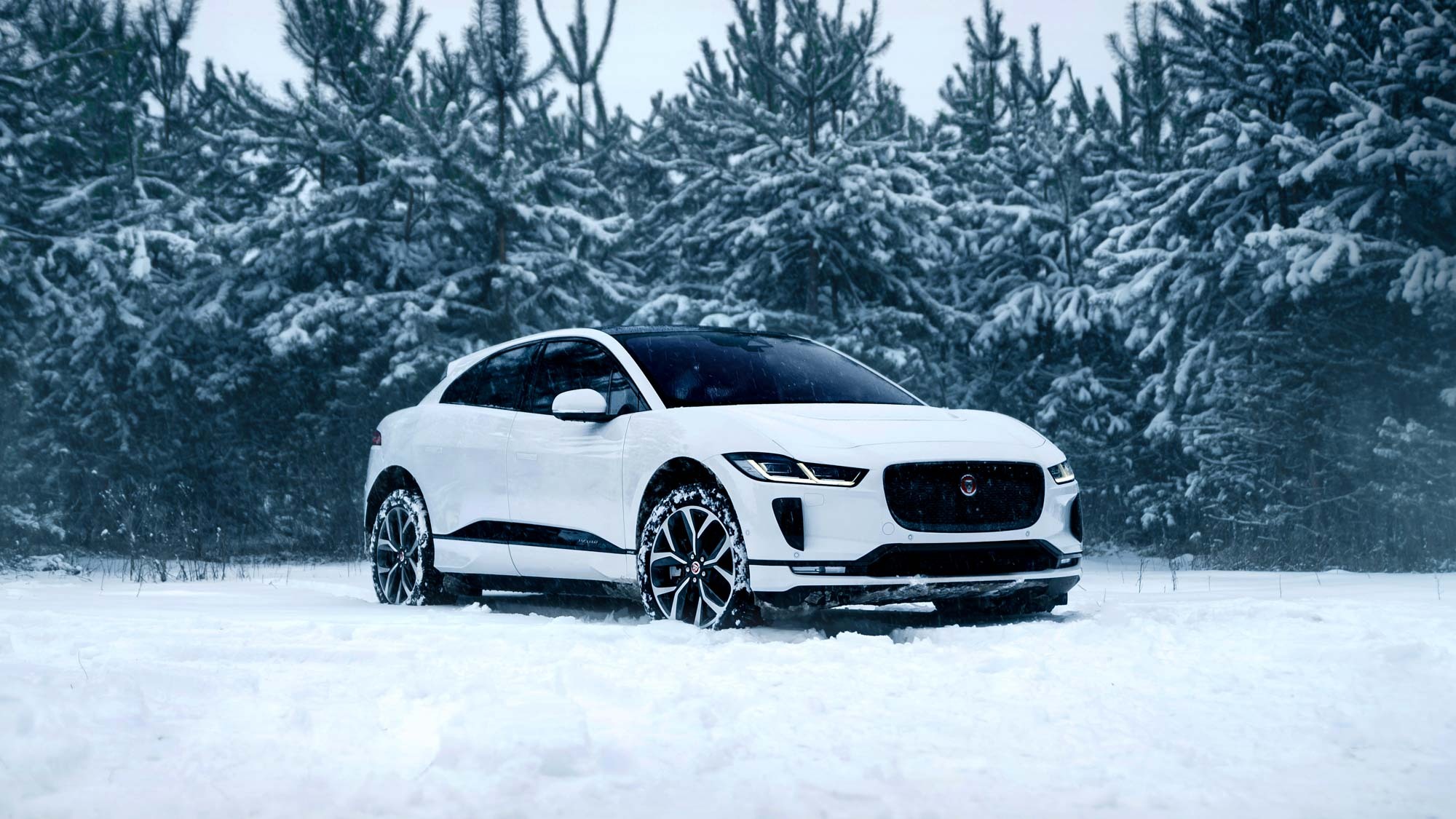
We're already ankle deep in fall leaves, and the weather has started getting colder. Low temperature bring various car-based challenges with it, and even the best electric cars are no exception to this trend. Especially if you're travelling over long distances.
EV batteries don't do so well in the cold, thanks to physics being what it is, and you're likely to drain a bunch of extra power keeping yourself at a comfortable temperature. All this means is that you have less power to spare for driving, which affects your overall range.
That's the bad news out of the way. The good news is that some of the problems relating to electric cars in the cold have been overblown. And while you may see a dip in range in cold weather, there are plenty of things you can do to minimize the impact. But it's still worth remembering how to maximize your range in cold weather, especially if this is going to be your first winter driving without gasoline.
How does cold affect EVs?

One of the things that gets brought up a lot in relation to EVs in the winter is the fact lithium-ion batteries can be quite sensitive to extreme temperatures. Too much heat speeds up degradation, and too much cold slows down the ions that are responsible for capturing and discharging energy.
So the fear is that the colder the environment, the less stored power you have to exploit, which will directly impact your range.
It sounds bad, but it's also only half of the picture. For starters, lithium-ion battery performance is only affected when you drop below freezing — which is zero degrees Celsius or 32 degrees Fahrenheit. Automakers are also fully aware of this fact, and have taken steps to ensure batteries are kept at optimal temperatures.
However the main issue with range in cold weather is the heater. Climate control needs a lot of power, but where a gas car can exploit waste heat from the engine, electric cars have to heat all that air from scratch. You also have to account for the fact the amount of energy in the largest EV batteries is still less than a small to mid-size gas tank. So you have less stored energy to utilize.
Get instant access to breaking news, the hottest reviews, great deals and helpful tips.
So when cold weather rolls around EV drivers essentially have to perform a balancing act. Maximize your range, and the time before you have to recharge, while keeping yourself comfortable enough to drive effectively.
How much range will your EV lose in the cold?
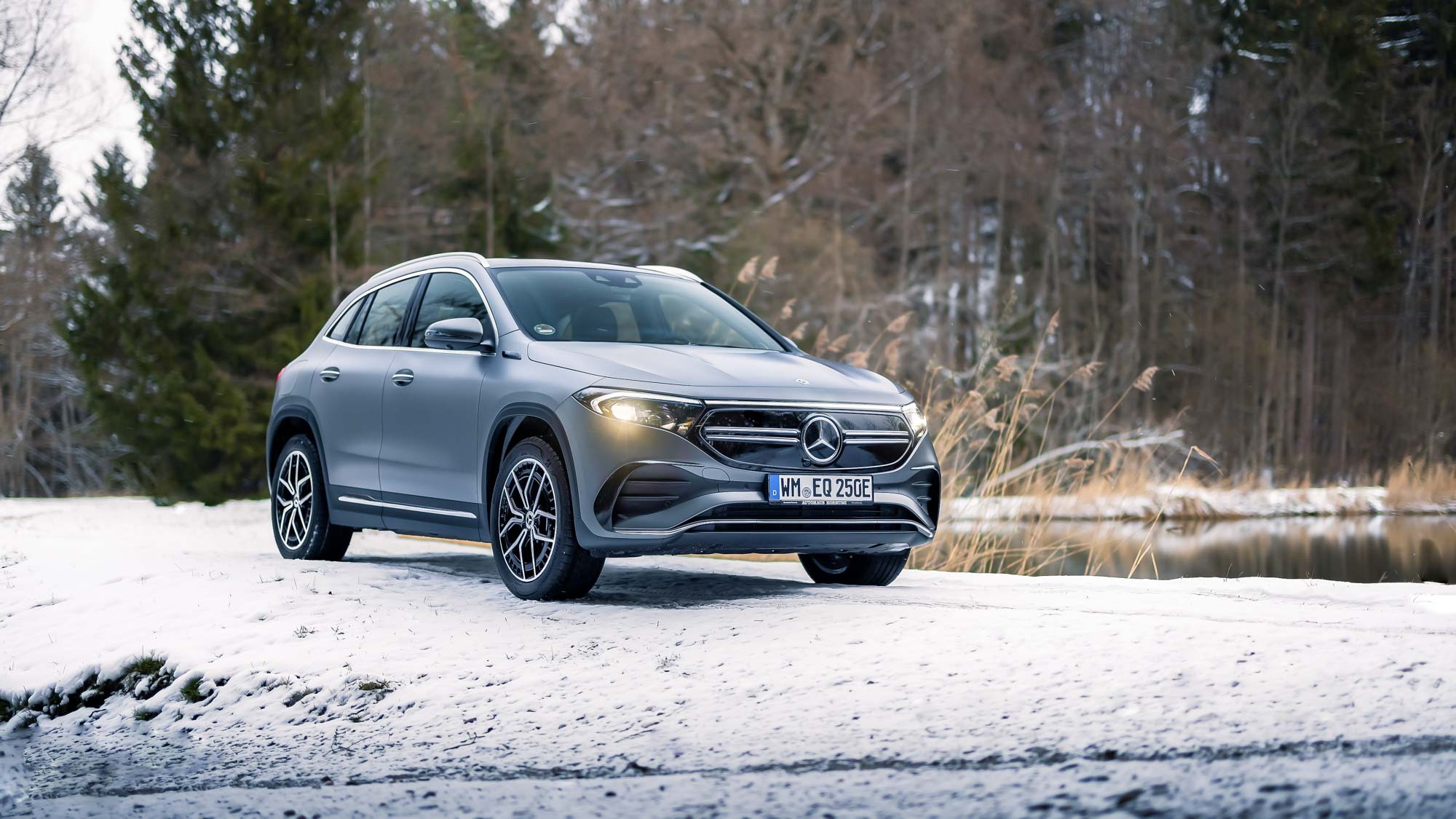
There are a lot of factors that affect total EV range, and temperature is just one of them. However putting a figure on that has led to some debate.
Consumer Reports claims that its testing revealed electric cars to show a range estimate roughly double that of what was actually needed. That was based on trips taken in a Tesla Model 3 and Nissan Leaf in temperatures between 0 and 10 degrees Fahrenheit (-17.7 to -12.2 Celsius). The report noted that power drain comes from climate control, but didn't specify how warm both cars were set to.
AAA has previously warned that you could lose as much as 41% of your total battery capacity in temperatures around 20 degrees Fahrenheit (-6 Celsius) — 12% of which was purely down to the temperature. The rest came from the heater itself.
On a more optimistic note, the Norwegian Automobile Federation (NAF) did some testing with 20 different EV vehicles and discovered the average drop is closer to 20%. What’s more, the cars themselves made it perfectly clear when they were low on power, so drivers had plenty of warning when the car was due for a recharge.
Norwegians have been big electric car fans for decades, even before Tesla made them "cool" in other regions. Considering temperatures drop well below freezing in the winter months, EVs would not be as popular as they are if cold had such a considerable impact on range.
WhatCar did similar testing and came to a similar conclusion, noting that you can expect an average range loss of 15-20% in the cold. However the site also noted that it all depends on the car, with a Long Range tesla Model 3 losing just 1.1% of its range compared to summer temperatures, while a performance model Porsche Taycan 4S lost 20.1%
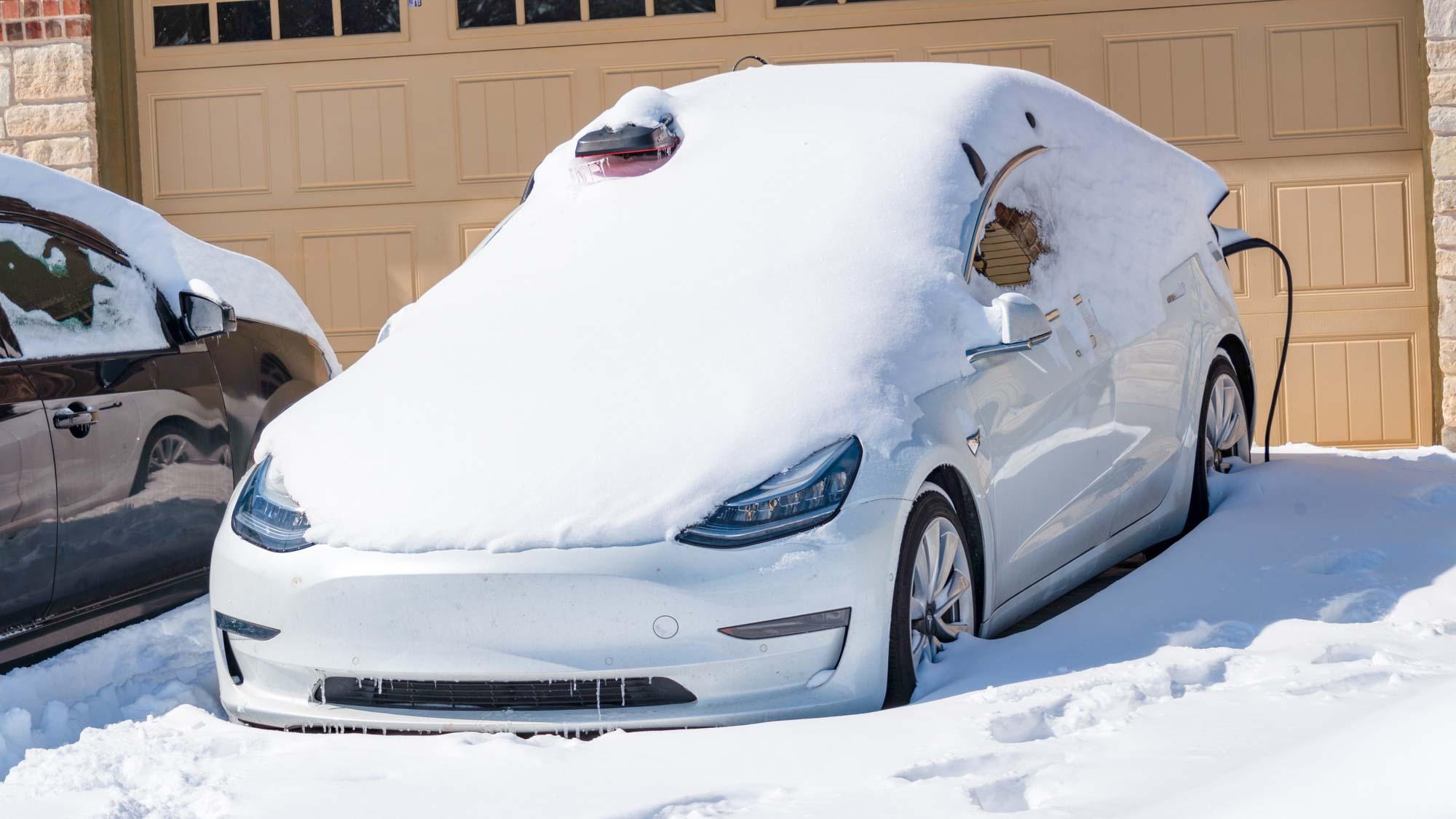
Car and Driver also did some testing, with the specific goal of understanding how much the heater can affect the driveable distance of a a Tesla Model 3. This was done with winter tires, with an ambient temperature of 38 degrees Fahrenheit, after giving the car's motor and cabin time to warm up.
Compared to a test run with no climate control, Car and Driver found that setting climate control to 72 degrees Fahrenheit saw range drop by 17%. Setting the heating system to maximum, and switching on all heated seats, saw consumption rise even higher — leading to a 35% loss of range.
Automakers have started adding heat pumps to recent cars, and not just in the premium segment. They should use less energy than traditional heated air systems and improve efficiency — something WhatCar saw evidence of in its cold weather range testing.
No matter what happens, climate control is always going to have an impact on your power consumption. Still, every little bit helps and electric cars that employ heat pumps, either as standard or an optional extra include the Tesla Model Y, Chevy Bolt, Nissan Leaf, Polestar 2, Jaguar I-Pace and more.
How to optimize EV range during winter

Winter is not an automatic death sentence for electric cars, and you will be able to drive around as normal — even in regions where temperatures drop below freezing. But no matter what you do, or how advanced your car might be, your drivable distance is going to take a hit.
Fortunately there are some very simple steps you can take that let you maximize your range during the winter months.
Don’t let the battery get too low: Automakers know the deal, and recognize that batteries like to be kept within a specific temperature range. So any EV worth its salt will have a thermal management system that can keep everything running optimally. Unfortunately this does require energy, which comes from the battery, and electric cars typically keep between 15 and 20% of that power in reserve as a result.
Keeping your battery over 20% is already an important step in preserving long term battery health. But, if you want to keep yourself moving in cold weather, you should be extra vigilant about those percentage points.
Dump your excess weight: The more weight your car has to carry around, the lower your range is going to be. If you have anything in your car that doesn't actually need to be there, take it out. Every pound you remove will increase your range ever so slightly, and every bit helps when the weather is working against you
Park inside if you can: One important thing you can do is keep your car out of the elements, and away from the cold. A garage isn't particularly warm, but shelter and cover means it's a lot warmer than it would be out on the street — and it takes less energy to maintain a temperature than raise it. So that extra few degrees will help your battery charge faster, maintain that charge for longer, and reduce the energy needed to warm up the cabin in the first place.
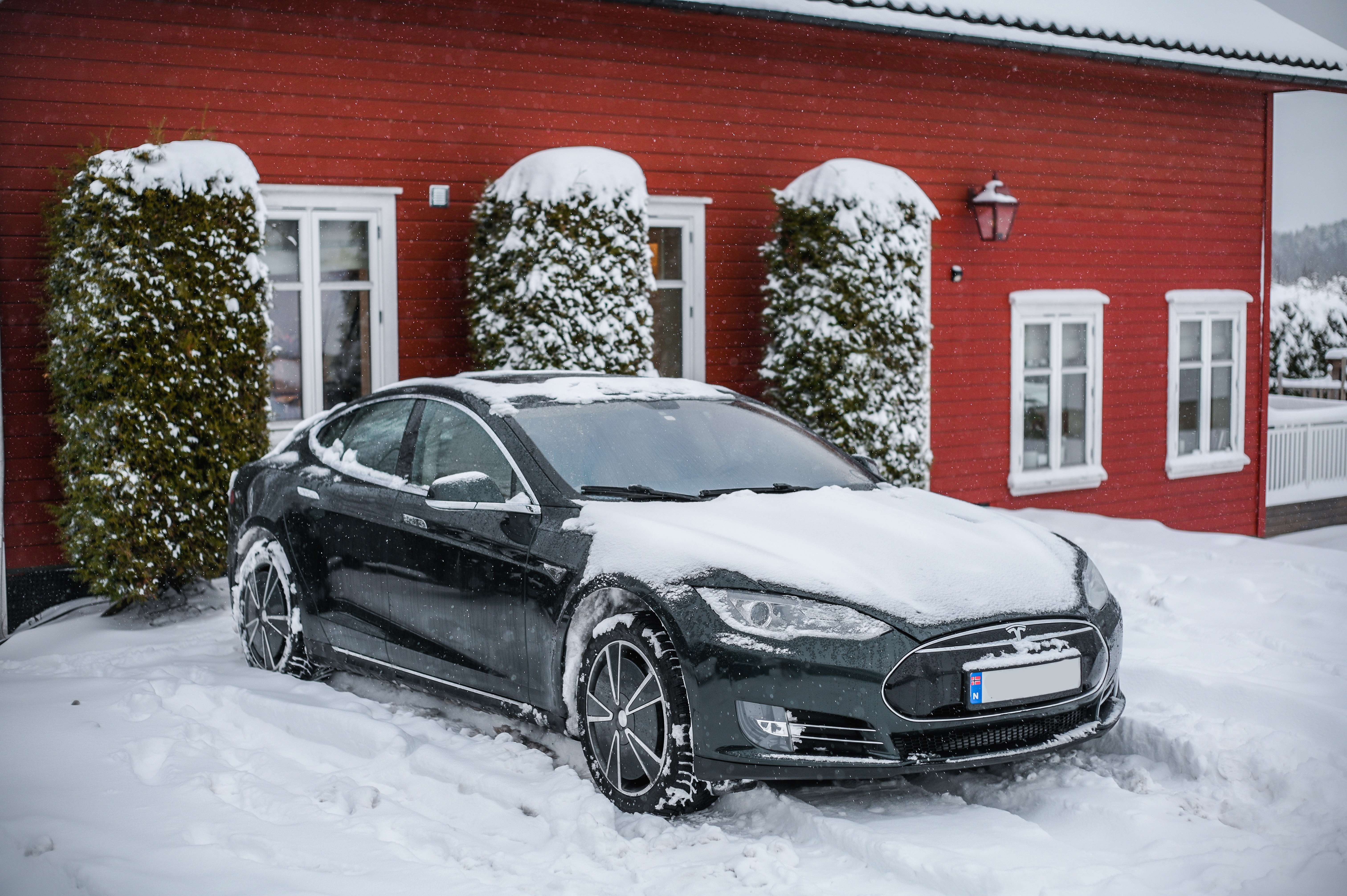
Pre-condition your car: EVs don't need to "warm up" the way combustion engine cars do. That said it still pays to pre-condition your car before you leave, either with a pre-set schedule or by activating it manually. Heating the car up before you leave makes the cabin more comfortable, while also improving the temperature of the battery — which will reflect in its performance.
This is particularly useful if you have a home charger, since it'll be able to use power from the grid rather than the battery.
Heat the people, not the car: It doesn't matter what kind of electric car you have, the cabin heater is going to drain power and reduce your overall range. Rather than heating the air in the cabin, it's far more efficient to heat your car's occupants directly.
Heated seats are pretty common in modern cars, and use noticeably less power than the heater in the HVAC system. Using them, and other heated implements like a heated steering wheel, can do a better job at keeping everyone comfortable with a smaller amount of energy. Though it helps if everyone is dressed for the weather, so be sure to wrap up warm as well.
Check your tire pressure: Underinflated tires cause extra drag, which lowers the efficiency of your car — decreasing range as a result. But cold weather causes air to contract, reducing the internal pressure of your tires. So make sure to regularly check your tires and make sure the pressure hasn't dropped.
Invest in more suitable tires: Regular summer tires aren't as good on wet and icy roads, which reduces your car's efficiency. If you live in an area where temperatures drop below 45 Fahrenheit, you can improve your efficiency by switching to winter tires. All-summer tires will also work in places that have less snowfall, and offer some balance for the summer, but won't be as effective all season-long.
Turn on Eco-Mode: There's a very good chance that your EV has a dedicated eco mode, which reduces power consumption at the expense of acceleration and performance of other energy-intensive features like the heater. That makes it one of the most important tools for maximizing your range — and winter is no exception.
There is a very noticeable difference when you switch eco-mode on and off, and if you want to get as many miles out of your battery as humanly possible then make sure it's switched on each time you go driving.
Drive more efficiently: The most important thing about maximizing EV range in winter is that you drive efficiently. All the things that help maximize your EV range during the warmer months still apply when winter comes around. So make sure to avoid sudden acceleration and braking, stick to sensible speeds, and exploit regenerative braking. Similarly use tools like Google Maps to help take more energy-efficient routes.
There are advantages to cold weather EV driving
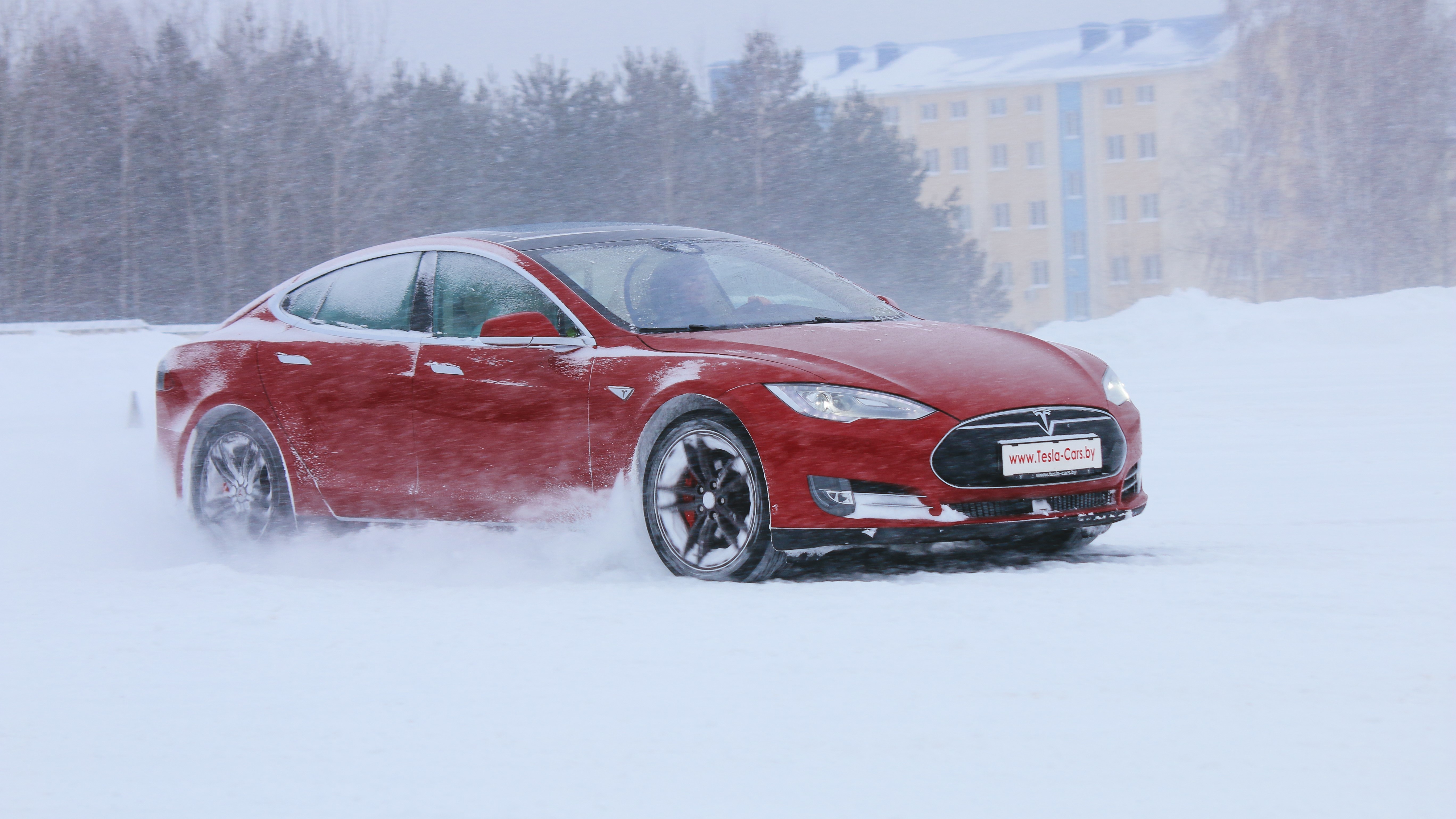
While electric car range can take a hit during the winter months, EVs themselves do offer a few advantages compared to combustion engine vehicles. The main one being that you can usually switch on the heater when the car is still plugged in, so you can warm up the car and still leave home with a full battery.
Remote access is a common feature in EVs as well, which lets you do this from your smartphone without ever opening your car door.
The fact EVs don’t have an exhaust means its perfectly safe to leave it running in an enclosed space, like a garage. And while it's a good idea to get some heat on the battery when it's particularly cold out, you don't need the car itself to warm up the same way you would an engine.
However the main benefit is in the driving, especially in slippery conditions. EVs don’t have gears, meaning power is applied to the wheels more smoothly. This is beneficial in poor weather, and means you’re not as likely to slip or skid while accelerating in icy or snowy conditions.
Likewise regenerative braking can also prove useful at smoothly slowing your car down — which is a boon when the roads are slippery. The only downside is that regenerative braking, even on cars with one-pedal driving systems, is not as powerful as the actual brakes, so you need to be more mindful of your increased stopping distance.
Next: Electric cars and winter tires — here’s how they affect your range.

Tom is the Tom's Guide's UK Phones Editor, tackling the latest smartphone news and vocally expressing his opinions about upcoming features or changes. It's long way from his days as editor of Gizmodo UK, when pretty much everything was on the table. He’s usually found trying to squeeze another giant Lego set onto the shelf, draining very large cups of coffee, or complaining about how terrible his Smart TV is.
